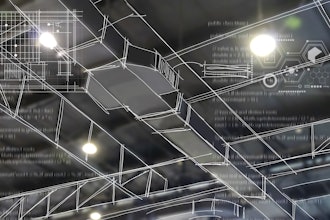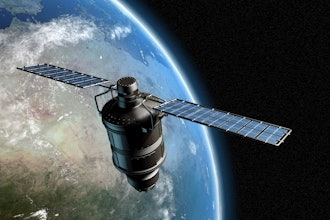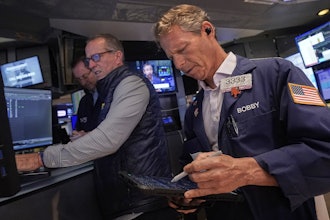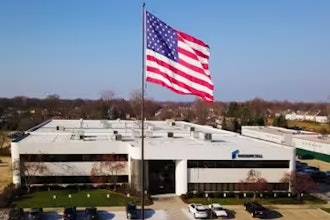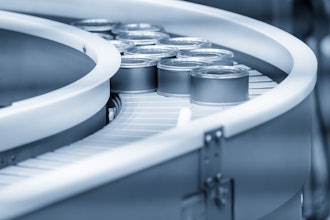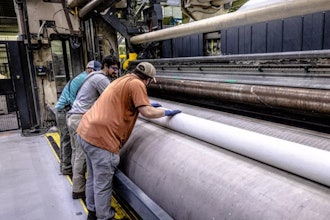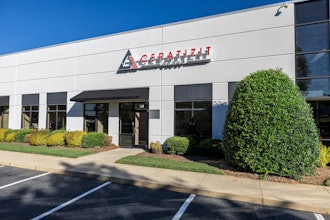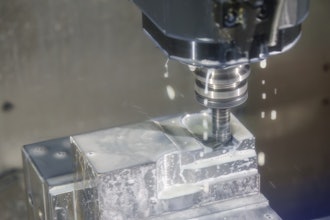SACRAMENTO (AP) - California air quality regulators on Thursday adopted the nation's toughest emission standards for off-highway diesel vehicles such as bulldozers, airport baggage trucks and ski resort snowcats.
The rules eventually will force the oldest and most polluting pieces of equipment out of service and require construction firms and other companies to spend billions on new vehicles or engine retrofits.
''We're really breaking new ground here,'' said Mary Nichols, chairwoman of the California Air Resources Board. ''It hasn't been an easy task to come up with a proposal that is both cost-effective and fair.''
The clean-air proposal was sought by health advocates but has been the focus of an intense lobbying campaign by industry representatives who were concerned it would be too costly. They said the first-in-the-nation regulation asked too much of contractors and equipment retailers in too little time.
''Our industry has done nothing wrong,'' said Gordon Downs, owner of Downs Equipment Rental in Bakersfield, who estimated the rule would cost his company $2.1 million in the first year alone. ''Why are we being punished by the very state we helped to build?''
The standards were approved unanimously by the 11-member board, although two members were absent. It would require emissions from backhoes, forklifts and other types of diesel equipment to be cleaned up gradually beginning in 2010. The rules would be phased in through 2020 for fleets of large vehicles and 2025 for smaller equipment.
They are separate from the first-of-its-kind global warming law California passed last year, which requires a significant reduction of greenhouse gas emissions statewide by 2025.
The air board's vote comes just weeks after the agency was embroiled in controversy that centered on accusations of political meddling by Gov. Arnold Schwarzenegger's administration.
The governor last month fired the board's chairman, in part because of his unhappiness that the air board was moving too slowly on regulating diesel pollution. But the firing was sharply criticized by former air board executive director Catherine Witherspoon, who said administration aides had sought to weaken the proposed diesel rule on behalf of industry. She resigned in protest.
On Thursday, Schwarzenegger said the board's action showed that California was ''leading the charge to protect public health.''
''This new regulation will prevent thousands of premature deaths every year in the state and save billions in health care costs,'' he said in a statement.
The rules adopted Thursday are the largest crackdown on diesel emissions by California air regulators. They eclipse all other diesel initiatives adopted by the board since 2000, when it launched a comprehensive state diesel program.
They are intended to clean up the state's smoggy skies by targeting nitrogen oxide and air pollutants known as particulate matter that can become embedded in lung tissue.
An estimated 180,000 vehicles would have to be replaced or retrofitted with smog traps, filters or cleaner-burning technology.
''This is one of the last sectors to get regulated,'' said Andy Katz of Breathe California, a grassroots public health organization based in the San Francisco Bay area. ''It's time for the construction industry to also come forward and do their part.''
Construction equipment and other off-road vehicles are California's second-largest source of diesel-generated particulate pollution, a toxic group of soot, ash and other compounds. Trucks and buses are the biggest source.
The pollutants targeted in the rule—particulate matter and nitrogen oxide—are blamed for premature deaths, respiratory ailments and cardiovascular problems. The standards under consideration are projected to prevent 4,000 premature deaths, 110,000 asthma-related cases, 9,200 cases of acute bronchitis and 680,000 lost work days over 20 years, according to an analysis by the air board.
The requirements also would save up to $26 billion in health care costs by 2030, according to air board projections.
''Air pollution has real impacts on real people. They are not just statistics,'' said Kate Lefkowitz, California outreach coordinator for the Union of Concerned Scientists.
She urged the board not to give industry any more time to comply with the proposed rules.
Replacing old diesel engines is projected to eliminate 48 tons per day of nitrogen oxide and 5.2 tons per day of particulate matter statewide by 2020.
Industry officials were concerned about how quickly and cost-effectively businesses and local governments could modernize their fleets of heavy-duty machines that run on diesel engines. In some cases, they said the technology to put cleaner engines on the road just isn't available.
Construction industry officials said the cost to companies and government agencies to comply with the rule would be more than $13 billion.
''They don't have the kind of money to make these changes in the timeline of the proposal,'' said Mike Self, executive director of the Builders' Exchange of Stockton Inc., a group that represents 650 contractors, suppliers and manufacturers in the San Joaquin Valley.
Construction companies operate about half the vehicles that would be regulated. They asked the air board for an additional five years, until 2025, to have fleets of large vehicles comply with the new pollution standards. Large vehicles are those with engines of more than 5,000 horsepower.
Erik White, a diesel expert at the Air Resources Board, said industry officials had inflated the cost estimate of complying with the proposed rule. They assumed that all companies would have to buy new equipment rather than install retrofits on older engines, he said.
The air board's economic analysis estimated the total cost to comply with the rule would be $3 billion.
The rule does not apply to snow-removal equipment and other so-called low-use vehicles that run less than 100 hours per year. Emergency vehicles, agricultural equipment and vehicles that run on less than 25 horsepower also would be exempt.









